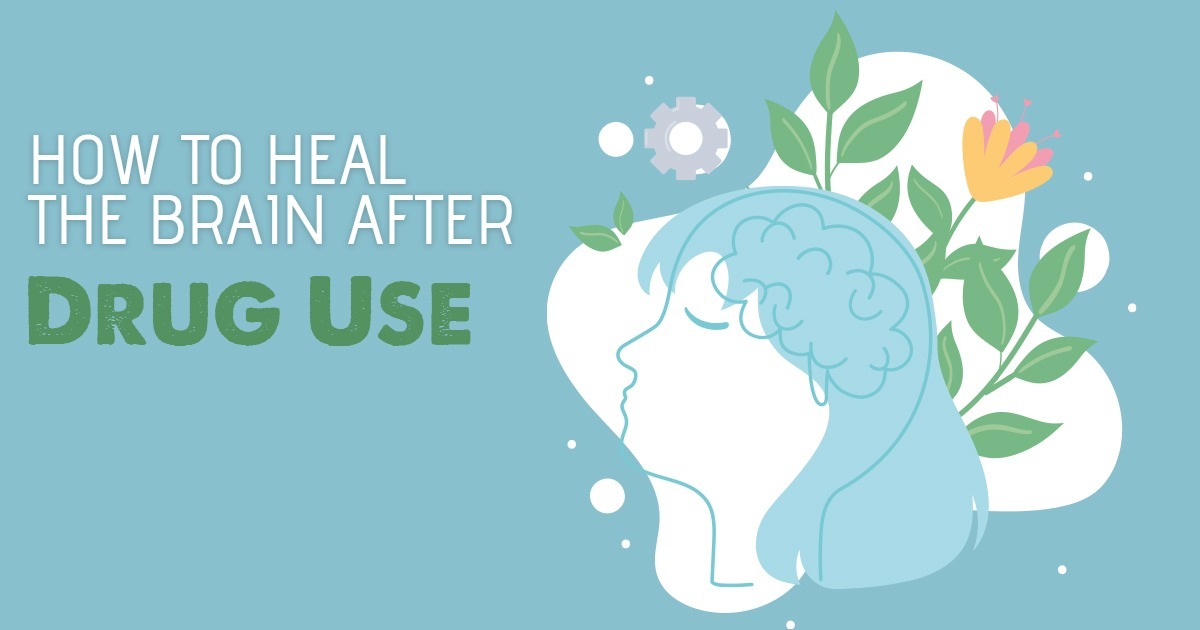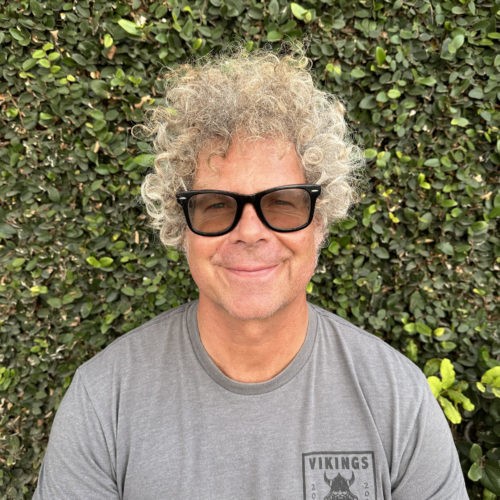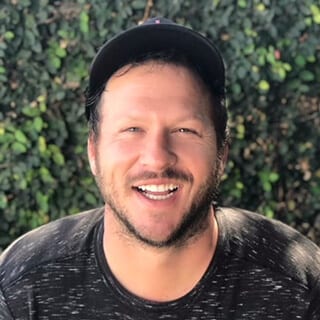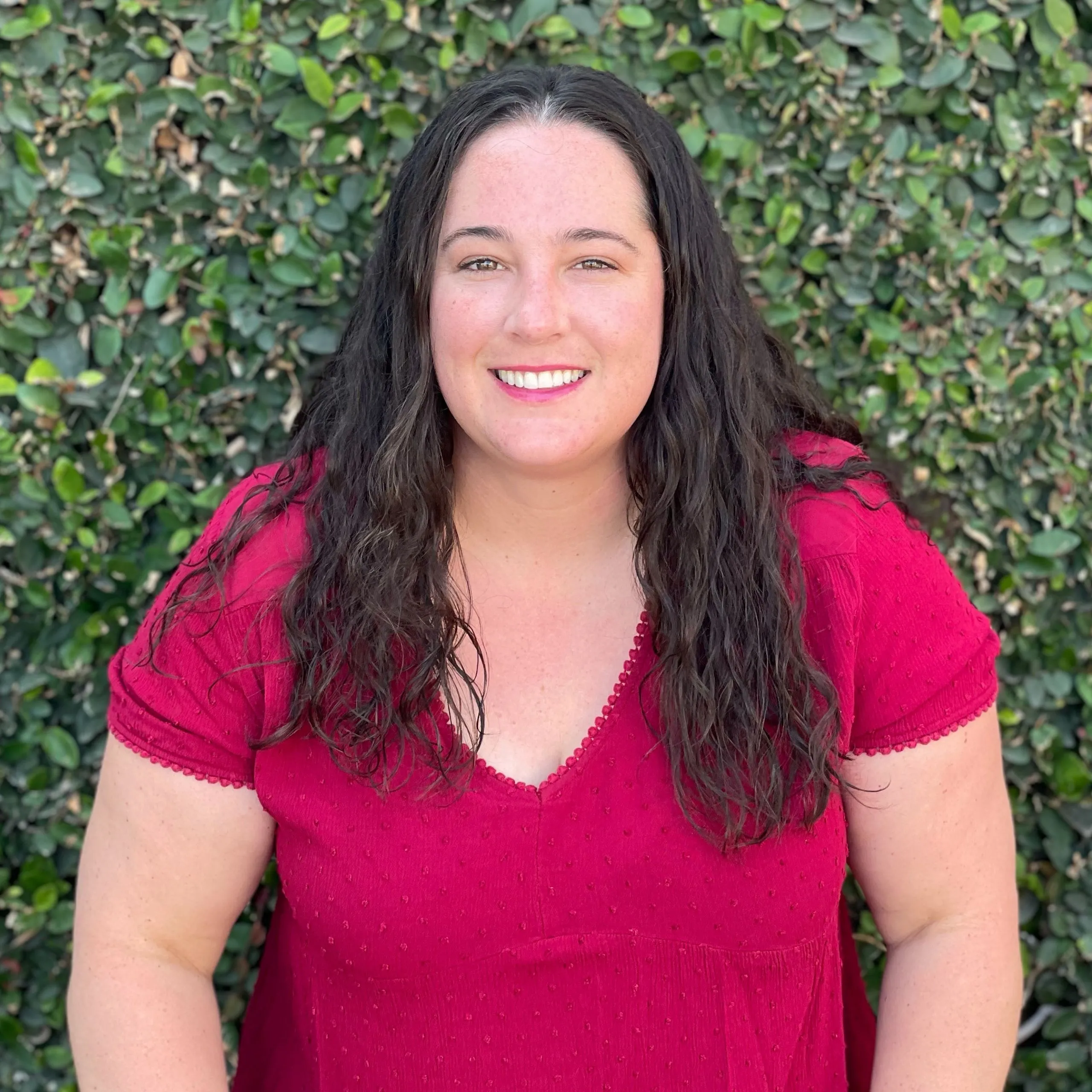
Learning how to heal the brain after drug use and improving brain function after drug abuse takes time and patience. There are things you can do during addiction treatment when you’re working with your therapist and treatment team, and on your own, that can help heal your brain. Below, we’ll explore how the use of psychoactive substances affects your brain initially and what you can do to help the process of improving brain function after drug abuse.
How Drug Use Affects Your Brain
Our brains are our most complex organs, containing gray and white matter; the human brain allows us to do everything in our lives.
- Our brain regions regulate essential functions and determine your behavior and your feelings.
- According to the National Institute on Drug Abuse, your brain is who you are, what you think, and how you feel.
- Your brain includes various neural circuits and brain cells, all connected and working together on your cognitive functions. Neurons are responsible for transmitting signals to one another and other parts of the brain. These neurons also relay messages to the spinal cord and nerves through your body.
- When a neuron sends a message, it releases a neurotransmitter into the gap between the following brain cells in the chain. The neurotransmitter attaches to receptor sites on the other neuron.
So what does all this mean as far as a substance use disorder?
- Drugs interfere with how your neurons send and receive signals using neurotransmitters, creating addictive behaviors.
- With some drugs, like heroin or marijuana, neurons activate because the drug’s chemical structure is similar to a natural neurotransmitter. As a result, the drug attaches and then starts the neurons.
- Opioids are an example. Opioid drugs, including heroin, mentioned above, and prescription pain medicines, activate opioid receptors. Over time, opioid addiction can occur because of this activation.
- The drugs might be replicating natural neurotransmitters in the human brain, but they aren’t activating neurons the same way as natural rewards.
- Abnormal chemical messengers are sent throughout your brain and body, increasing the potential for addictive behaviors to take hold.
Drugs, including cocaine and other stimulants, lead neurons to release large amounts of neurotransmitters or prevent the chemicals’ recycling. These effects also disrupt communication and brain circuits.
Dopamine and Addiction
The high you get from drugs is likely because of a surge of chemicals these substances can induce.
- Neurotransmitters in the basal ganglia, also known as your brain’s reward circuit, are a big part of this.
- The surges of neurotransmitters when using drugs occur at much higher levels than what happens with natural rewarding activities like eating or social engagement.
- One neurotransmitter drugs release is dopamine.
- Our brains want us to continue repeating pleasurable activities, so when you use drugs, and there’s a dopamine release, it can trigger addiction to the substance.
- Dopamine causes changes in the brain reward cycle and neural connections, making it easier to repeat habits in an ongoing way through reinforcement.
Over time, with addictive drugs, you get stuck in a cycle of extreme highs and lows. If you’re not using the substance you’re addicted to, you may feel severe depression because your dopamine levels require the drug at that point. The same is true with alcohol addiction. Addiction is technically a brain disease.
If you stop using the drug, you go through emotional, physical, and mental side effects in the short term. These effects are withdrawal symptoms. You might have intense drug cravings, anxiety, and physical symptoms similar to the flu, depending on the drug you’re addicted to.

Longer-Term Effects of Drugs on the Brain
Long-term effects on your brain structure and function, according to the National Institute on Drug Abuse, can include:
- Impulse control issues and behavioral effects, making you more likely to engage in risky behaviors.
- Emotional control, so you might feel numb, or you could have too strong emotions, leading you to lash out or experience problems in relationships.
- The effects of drugs impact the brain’s hippocampus, which helps you learn information and make memories. You may struggle with memory issues if you have substance use disorder.
- Overtime for drug-addicted subjects and people with a substance use disorder, it can be more challenging for the brain to process new information or maintain executive functions. You may be less flexible in your thinking or behavior.
- There are numerous possible mental health disorders and effects of drug addiction, whether it’s an illicit drug or a prescription. For example, you might have sleep problems, experience anxiety, or be more likely to develop depression.
So, what can you do?
How to Start Healing
The first step of improving brain function after drug abuse relies on quitting the substance you’re addicted to.
- You’re likely going to need a managed detox program as you go through symptoms of withdrawal.
- During managed or supervised detox, you have medical care as you go through withdrawal symptoms.
- The medical care providers can keep you safe and help improve your comfort level, making it less likely you’ll relapse during this time.
- When you detox, this is an integral part of how to heal the brain after drug use. Detox is a time when although you might have uncomfortable symptoms, your brain is restoring itself to a sense of balance.
- Your brain chemicals can start to get back to the way they’re meant to be, and you can begin to adjust to what it might look like to function without drugs in your daily life.
From there, other things you can do to help with improving brain recovery after drug abuse include:
- Participate in behavioral therapy. Cognitive-behavioral therapy or CBT is an effective treatment as you recover from an addiction. When you participate in CBT, it can help you identify and change your harmful thought patterns. CBT can also encourage the growth of your brain’s neural network. Neural networks affect your thinking, feelings, and worldviews. Brain scans show CBT increases activity in the prefrontal cortex and the amygdala. You can learn to control impulses and emotions, reversing some of the damage from drugs and restoring standard brain functionality. Most treatments for drug addiction include extensive talk therapy and behavioral treatment.
- Meditate or learn to practice mindfulness. Mindfulness and meditation aren’t just soothing at the moment. Research shows us that they help strengthen brain connections. You want to learn how to refocus your thinking, and then you can work on having more control over how you take in outside information. Meditation and mindfulness can reduce your risk of relapse and increase the grey matter in your brain. You may be able to improve the function of your hippocampus, helping you with memory and learning. Meditation can decrease the cell volume in your amygdala, helping with anxiety, stress, and fear.
- Consider your diet and exercise routines. Your brain may be lacking vital vitamins and nutrients from when you were in active addiction. Work on repairing it with a healthy, nutritious diet containing things like healthy fats. Engaging in physical exercise can help your brain rebuild connections, and it’s an excellent natural dopamine booster. Physical activity can help you manage stress and reduce anxiety levels.
Treatment for Drug Addiction
Anchored Tides Recovery encourages you to contact our team by calling 866-600-7709 to learn more about how to heal the human brain after the effects of drugs and how to get treatment initially. It’s never too late to receive substance use disorder treatment and start making positive changes in your life and your health and wellness. Long-term recovery can help reverse some of the chronic effects of drug use.



























